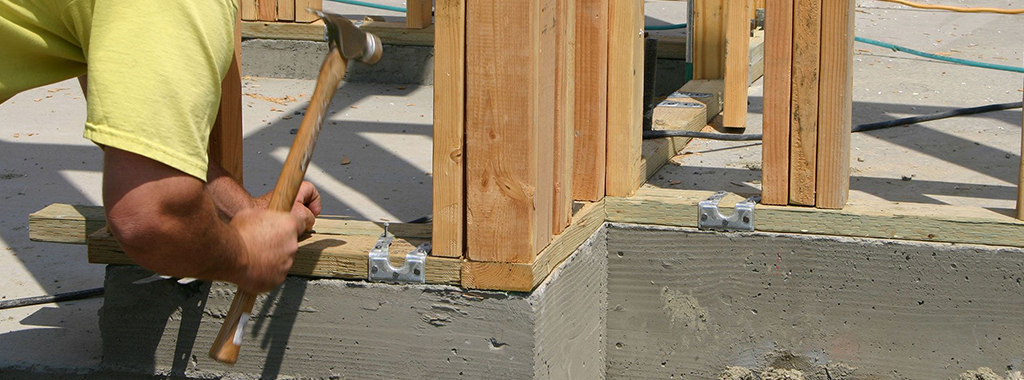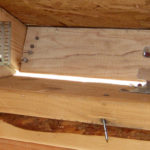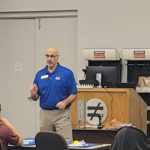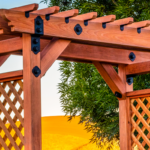Of all the possible mistakes that pop up across East Coast construction sites, one easy-to-correct framing blunder continues to vex even the best builders and structural engineering experts – the use of incorrect fasteners. Despite the industry’s best training efforts, the availability of print handbooks and installation guides, and even easy-to-understand smartphone videos and graphics, framing laborers are seemingly content to bang away at various anchors, straps and plates using whatever nail happens to be loaded in the gun.
“Even with great advancements in building designs and roof and framing systems, the bigger issue remains how well those designs are executed in the field,” explains Simpson Strong-Tie builder service rep Kevin Kelly. “No matter how much training we do and how many pocket install guides we publish, the biggest issue with framing connectors is always the use of incorrect fasteners.”
The need for speed on the jobsite, coupled with heavy turnover (or even lack of manpower) in construction labor pools, aggravates the fastener issue. And even when gunners get the fastener right, overdrive from pneumatic nailers cranked to max can damage connectors and result in loss of performance, including reduction in load-bearing capacity. “We do everything we can to correct it, but the pace of the industry outpaces the ability to train the parties involved,” laments Kelly.
East Coast builders able to fine-tune framing fundamentals benefit from easier adoption of connectors designed to boost the structural performance of regional construction practices. One major player in the northeast uses MASA connectors as a primary mudsill connection. While some builders still work with anchor bolts and swear by them, anchors sometimes don’t line up, and mudsill anchors like the MASA can often be a huge time-saver for sealing the wall plate to the slab on grade foundations and concrete stem walls.
Another framing connector advancement helping out East Coast builders is the use of STC truss clips installed with a DS drywall stop to help prevent fasteners from popping out or ripping through ceiling drywall. “This is a 90 percent truss market, but even when contractors insulate the bottom chord to improve energy efficiency and attic insulation, the top chords can get cold and wet and expand,” says Kelly. “The DS and STC allow for thermal movement without getting drywall tears at the nonbearing partition walls, and have consequently become very popular with builders.”
Still, framing contractors are going to have to stay committed to a first walk, then run approach to cutting-edge structural hacks until rudimentary fastener and overdrive mistakes are addressed, and then addressed again. “It comes down to the guys on the front line,” Kelly says. “We do refresher training and quality walks, build hot spot sheets and create pocket guides. We’re hoping the better superintendents will help us all pay attention to those details and not let things slide through the cracks.”






